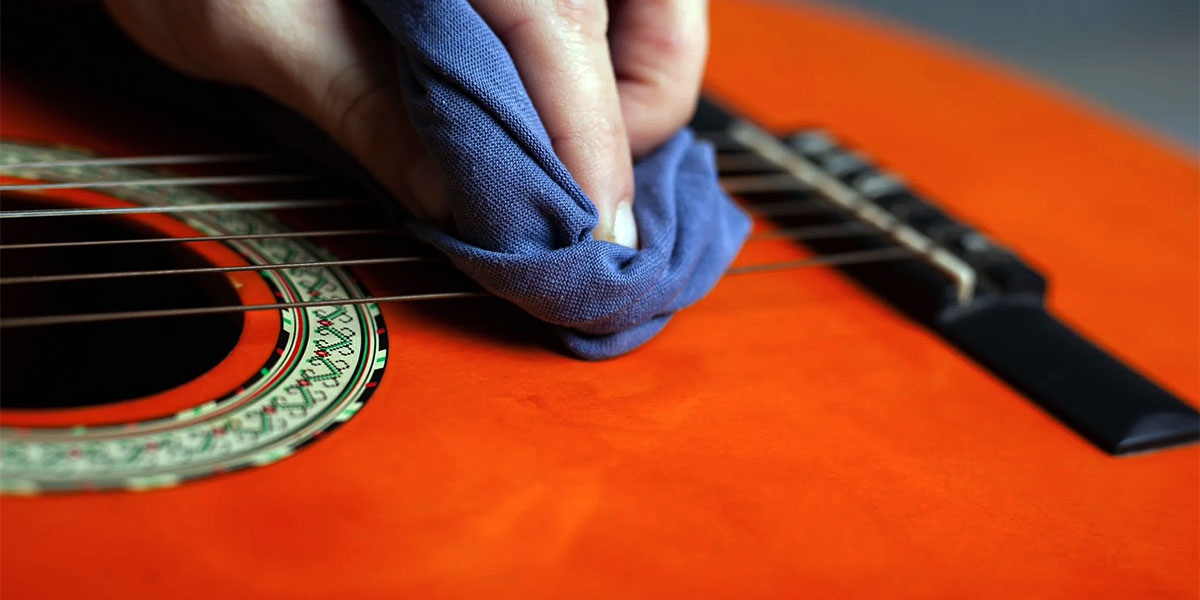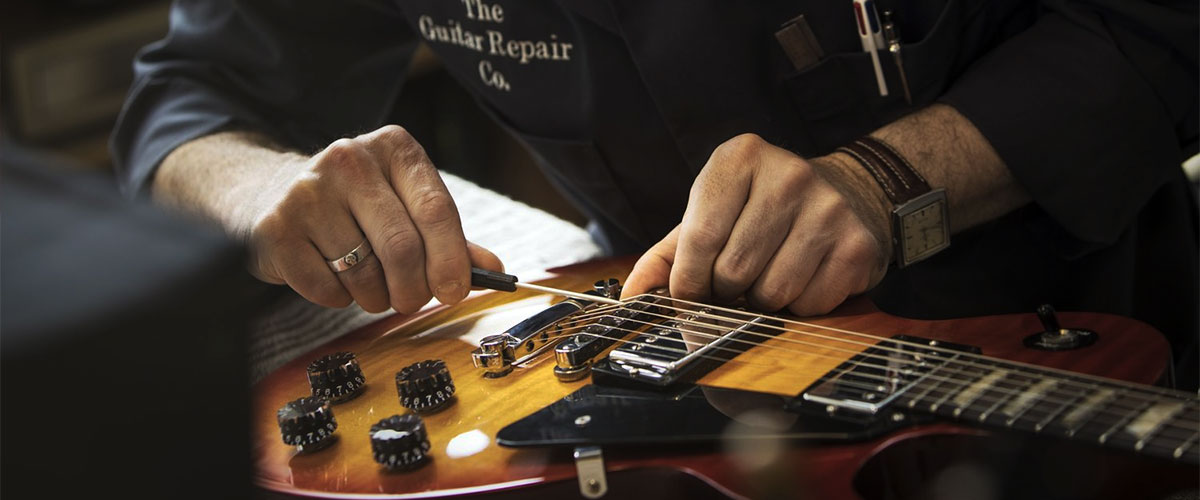
For every guitarist, from the casual strummer to the seasoned professional, the guitar is not just an instrument, but a treasured companion in the journey of music. However, like any cherished possession, guitars require regular care and maintenance to ensure their longevity, preserve sound quality, and keep them looking as good as the day it was first strummed.
Understanding Your Guitar
Before diving into the specifics of maintenance, it's crucial to understand the different types of guitars and their unique characteristics. Broadly, guitars are categorized into acoustic, electric, and classical types.
Each guitar is an assembly of various materials and components, which all affect how it should be maintained. The wood used for the body, neck, and fretboard, such as maple, rosewood, or mahogany, responds differently to environmental conditions and wear. Steel-string acoustic guitars, for instance, exert more tension on the neck compared to classical guitars with nylon strings. This distinction influences how you adjust the truss rod or maintain the fretboard. Similarly, electric guitars with various types of pickups and hardware require different cleaning methods and care routines. Understanding these nuances is the first step in effective guitar maintenance, ensuring not just the instrument's longevity but also its best sound quality.
Basic Maintenance Routines
Dust, grime, and oils from your hands can accumulate on the guitar body, strings, and fretboard, potentially damaging the instrument over time. A soft, dry cloth is ideal for wiping down the body and back of the neck after each use.
For the strings, using a slightly damp cloth can help remove oils and residue, prolonging their life and maintaining tone clarity. It's also important to occasionally clean the fretboard with a specialized cleaner and conditioner, especially when changing strings, to keep the wood healthy and prevent cracking.
Another key routine is string changing. Strings are the soul of the guitar's sound and should be replaced regularly to ensure the instrument sounds its best. The frequency of string changes depends on how often you play, the type of music you play, and personal preference for sound quality. As a general rule, it's advisable to change strings every 3 to 6 months for casual players, or more frequently for heavy users. When changing strings, it's also a perfect opportunity to perform a more thorough cleaning of the fretboard and areas normally hard to reach.
Lastly, it's important to be mindful of the guitar's storage environment. Extremes in temperature and humidity can severely affect a guitar, especially acoustic ones. Storing the guitar in a case when not in use, and using a humidifier or dehumidifier as needed, can help maintain its structural integrity and sound quality.
These basic maintenance routines, when performed regularly, are the first line of defense in preserving your guitar's beauty and functionality for years to come.

Long-term Care and Preservation
Ensuring the long-term health and performance of your guitar goes beyond routine cleaning and string changes. One key aspect of long-term care is periodic professional check-ups. These setups typically include detailed adjustments to the truss rod, action, intonation, and a thorough inspection for any potential issues like fret wear or structural damage.
These check-ups, ideally done annually, involve detailed adjustments of the truss rod, action, and intonation, alongside thorough inspections for wear and tear, such as fret wear, cracks, or loose braces in acoustic guitars. Such professional maintenance can identify and rectify issues before they escalate, thereby extending your instrument's lifespan.
Furthermore, thoughtful consideration should be given to any upgrades or modifications. While certain changes like installing higher quality tuning machines, a new nut, or upgrading pickups in an electric guitar can enhance the instrument's functionality and sound, it's vital to consider how these alterations might impact the guitar's value, especially for vintage models. It's advisable to consult with a knowledgeable luthier before undertaking significant changes, to ensure that any modifications contribute positively to the instrument's overall character and do not diminish its value.
DIY Maintenance vs Professional Care
DIY Maintenance
Many aspects of guitar care are well within the reach of most players and can be done at home with the right tools and some basic knowledge.
This includes:
- Regular cleaning.
- Changing strings.
- Basic tuning.
Adjusting strap buttons, tightening loose input jacks on electric guitars, and simple truss rod adjustments (with proper instruction) are also tasks that can be undertaken by the player.
Professional care
They can diagnose and fix issues that might not be immediately apparent to the untrained eye.
Complex procedures like fret leveling and dressing, nut replacement, major electronic repairs on electric guitars, and significant structural repairs should be left to professionals. These tasks require specialized tools, skills, and experience. Attempting them without the necessary expertise can lead to damaging the guitar, sometimes irreversibly.